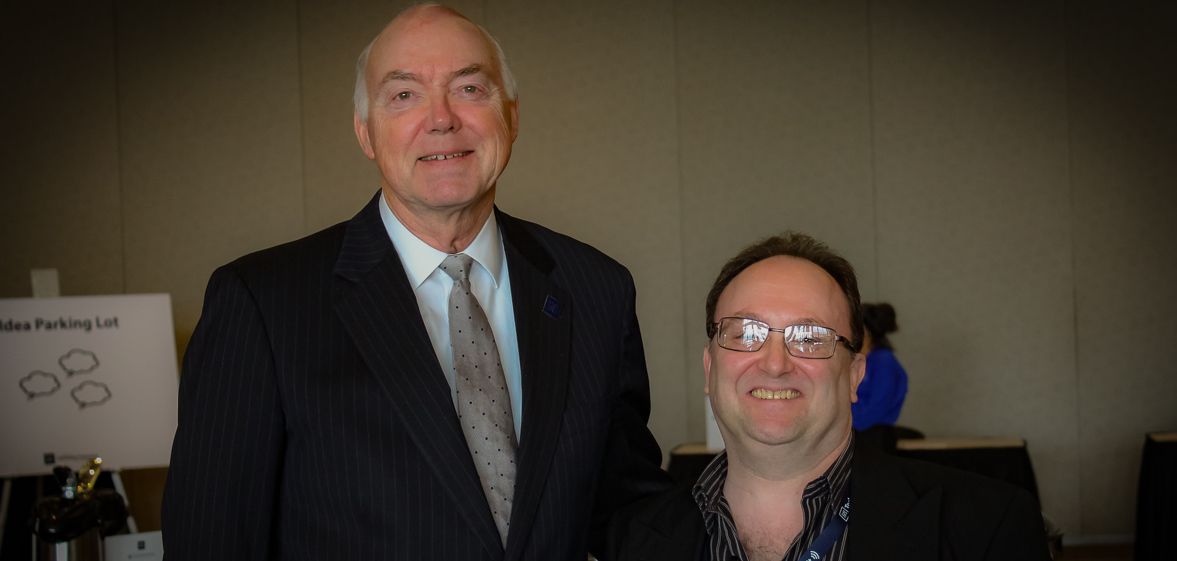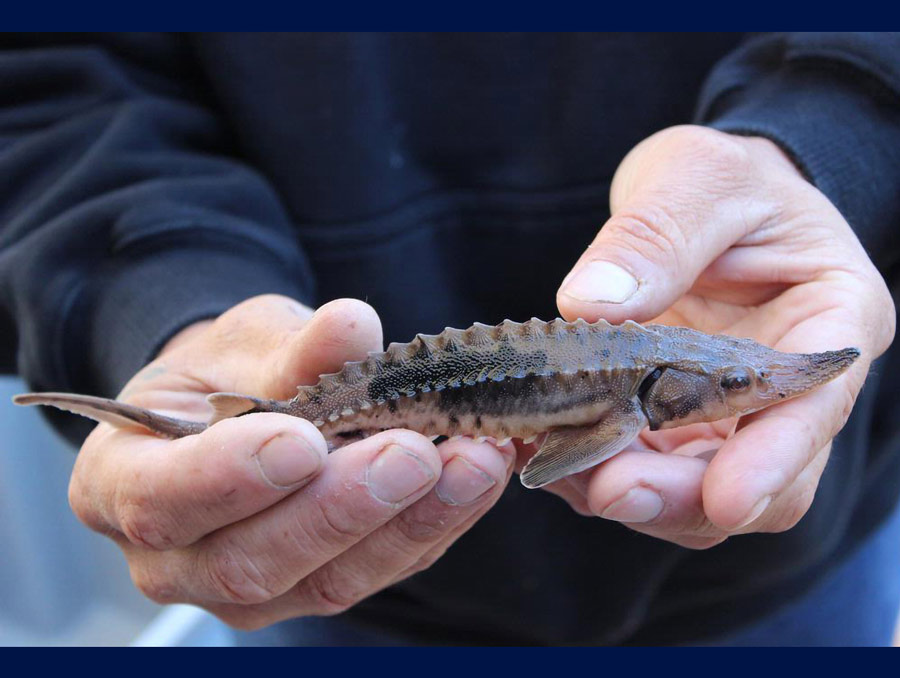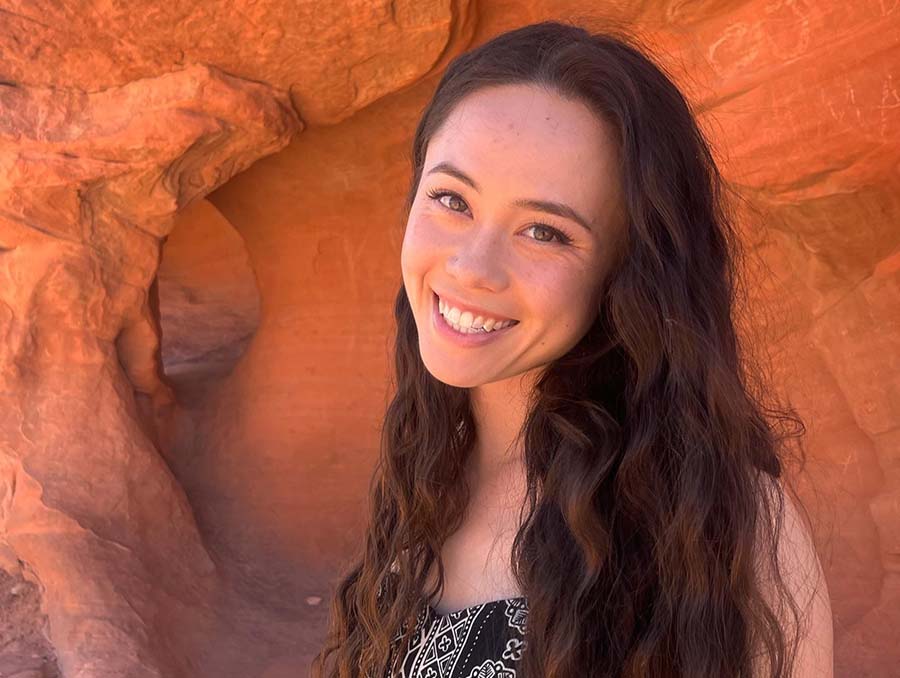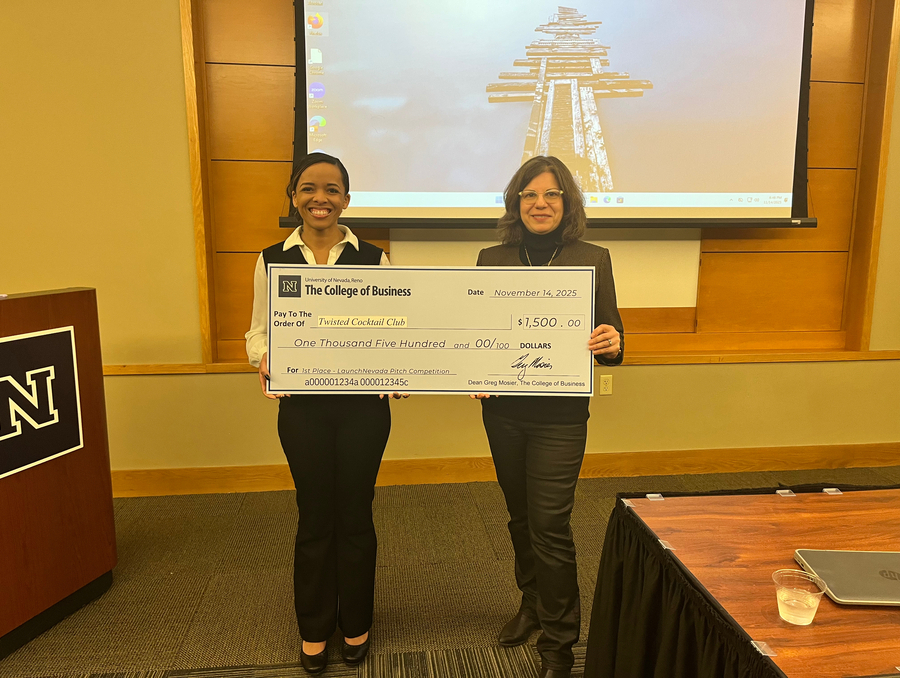Campus researchers from a variety of fields presented their awe-inspiring work, and the technology support behind it, during flash talks at the University's inaugural Cyberinfrastructure (CI) Day on March 27, 2019. Throughout the day-long event, campus leadership was present to contribute their knowledge and vision for research support, and to listen to the voices of University researchers and technology providers alike. The sessions were full of energy and buzz as stakeholders came together in order to better understand and support our growing technology needs as a Carnegie R1 "very high research activity" institution.
Provost Kevin Carman kicked off the day with his talk on Sustaining and Supporting R1. When asked how the R1 status changes things for the University, Carman stated, "Fundamentally it doesn't change what we are doing. But it validates what we have been pursuing as a university for the last several years." He described that because R1 classification is periodically reviewed, we could potentially lose R1 status in the future if we don't do everything we can to press forward. "The cyberinfrastructure is an absolutely vital component to us as a university," said Carman, and added that the University needs to make strategic investments.
Dr. Henry Neeman from the University of Oklahoma, a National Science Foundation XSEDE Engagement Program leader, delivered a keynote talk on "How Transforming your Institution's Cyberinfrastructure Transforms your Institution's Research." He described the importance of creating a culture where researchers and CI providers work together to write effective grant proposals that include funds necessary for technology use by projects. When asked by the Provost to estimate the ratio of institutional investment for hardware infrastructure versus the people to run it, Dr. Neeman replied that it should be about "1/3 things to 2/3 people." He also explained that by having ever-improving cyberinfrastructure available, the University encourages researchers to expand their research scope and scale. According to Dr. Neeman, the bottom-line "lesson learned" by the national CI community: researcher use of advanced technology should be centrally subsidized and encouraged to be ambitious through direct facilitation.
In the afternoon, Vice President for Research and Innovation, Dr. Mridul Gautam, kicked off the session with encouragement. "Innovation is creativity with intent," he said. "We want to provide our faculty a leg up" in regards to being competitive for national grants and the relentless pursuit of our R1 goals. He was followed by impressive presentations from diverse researchers regarding their work, the technology that supports it, and what they see as their future CI needs. The cross-section of technology users included (among others) Dr. Jacqueline Snow from the Department of Psychology, Dr. Steven Wilson from Department of Political Science, and doctoral student Sima Aznavi from the Department of Electrical Engineering, showcasing the breadth of research, engineering, and science taking place at the University with the help of centralized technology services.
This inaugural event allowed researchers, University leadership, and Office of Information Technology personnel to congregate in an open forum discussion concerning the institution's new Cyberinfrastructure initiative. Information gathered during CI Day will be used guide general outreach in 2019-20 for more comprehensive information from University faculty members regarding their technology needs. In turn, these data and a revised Campus CI Plan will drive the level and direction of investment by the institution as we seek to establish R1-level support of research across campus. If you would like further information about campus CI, including information about the Cyberinfrastructure Committee and the Cyberinfrastructure Plan, you can visit the research-computing webpage. Watch for a new CI Program plan and website to be launched soon!











